INDIGO STUDY INDOOR SCENE
-
Hi Kwisten! happy to hear you!!

I noticed that your renders look more real than mines! So, now with a comparison, i can see what's wrong and maybe adjust a few things. This is what i call a constructive posting!
Maybe overexposing something isn't such a bad affair, as I tend to think.. And a lighter atmosphere won't harm either..
Fine! Something learned!I'm experiencing troubles with the indoor plants: they're not convincing at all

I'll try to substitute them with other objects...Thank you Kwisten for posting!
-
Looks good. Thanks for sharing the scene. I think it will find good use.
-
@pibuz said:
Maybe overexposing something isn't such a bad affair, as I tend to think.. And a lighter atmosphere won't harm either..
I think the most important thing is that your image has a wide range going from full white 255,255,255 to full black 0,0,0.
That doesn't always mean the image would be overexposed (unless it is the effect you are after).
Overexposed would be having too much areas in the image going full 255,255,255 white.I tried to reproduce what I mean:
The following image isn't overexposed but it does contain full black ( shadow part of chair/shelves) and full white (a small strip of white in the picture frame).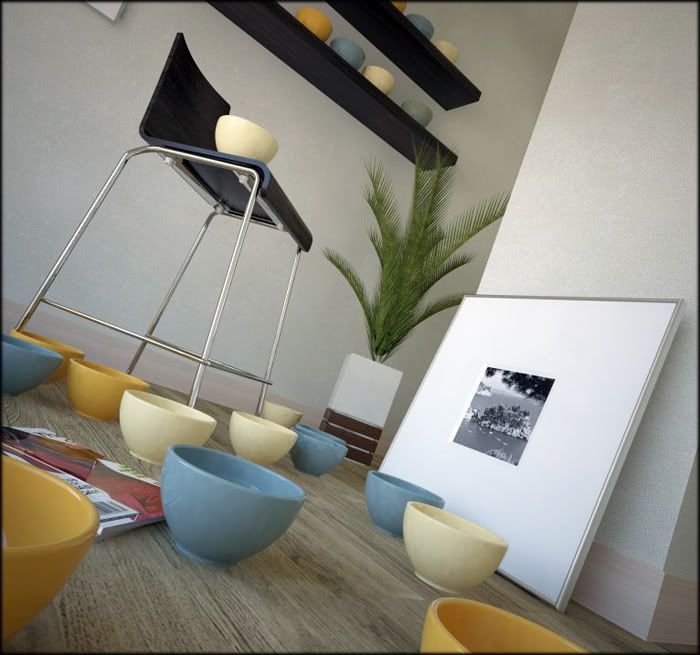
Another example:
Although the next image has a soft and warm mood, there is still enough contrast between light and dark.(light range going from full black (small shadow parts on the chair) to full white (small parts of the reflections on the bowls and chrome).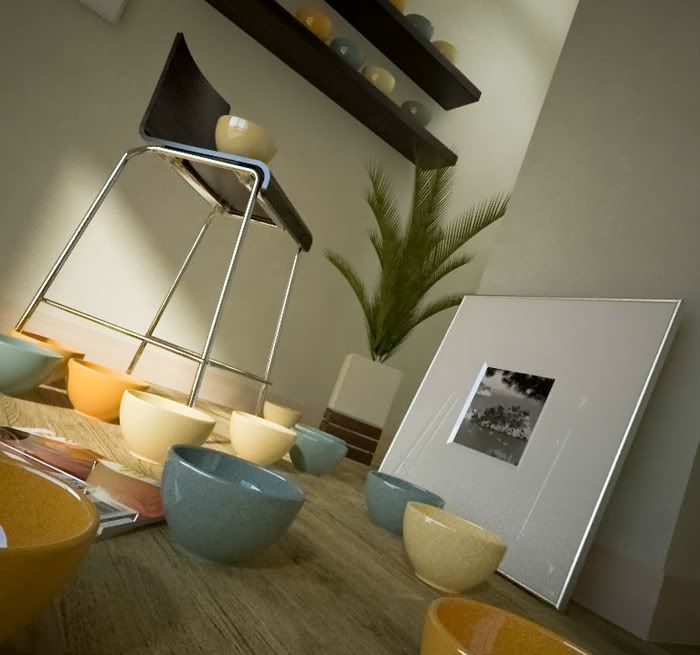
The best tool to control the light range in Photoshop is the 'levels' tool , but I know you know that

I don't think there is anything wrong with your image when it concerns light by the way.Unbiased render engines do seem to have trouble to control the midtone contrast. Using Reinhard tonemapping helps a bit (clamping the overexposed/underexposed areas), but somehow Reinhard does seem to reduce the realism a little by flattening the midtones a little too much).
The linear (and exponential tonemapping) presets provide a great sense of realism but your images are easily overexposed or underexposed and with a too steep lighting 'curve' ,meaning that there is not much of a gradient between the lightest and darkest colors.
The 'curves' tool in Photoshop can fix this.Another thing: When your RAW render output is heavily overexposed or underexposed, you might not be able to correct it in Photoshop as the image misses information as too much areas went full white or black.
So you're better of with a raw image that lacks some contrast which is much easier to fix in Photoshop. -
Thanks for that Kwisten, very informative.
I was wondering if you would post your scene with out post-pro. It would help in seeing the difference and, for me, in interpreting what you mean. For some reason (I don;t really know why) I almost never use PS for my Indigo renders.
I'm going to take some and use what you said.
and thanks for the scene Pibuz!(crojack from the Indigo forum)
-
Why are there patterns on wall?
-
-
Nice test scene Pibuz, thanks! v.nice renders too Kwistenbiebel.
Here are my attempts with Hypershot, around 20mins each, two cores. Thing with Hypershot is that you can't use the native su sun, so I had to get as close as possible with a hdri.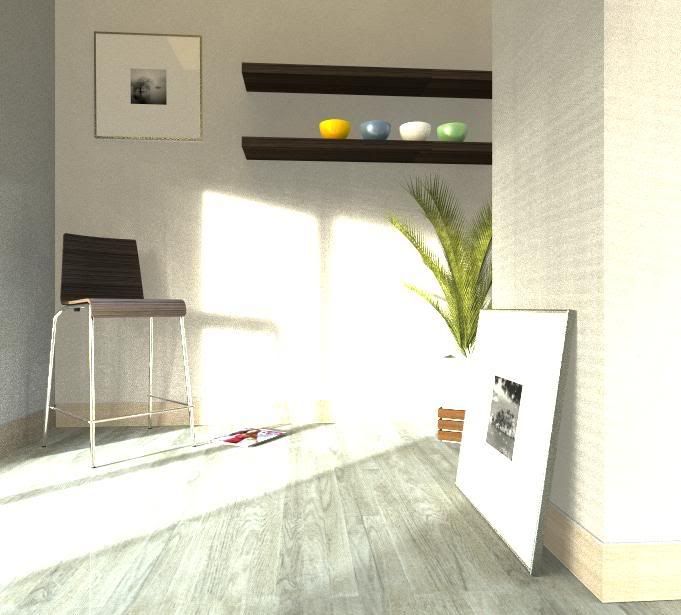
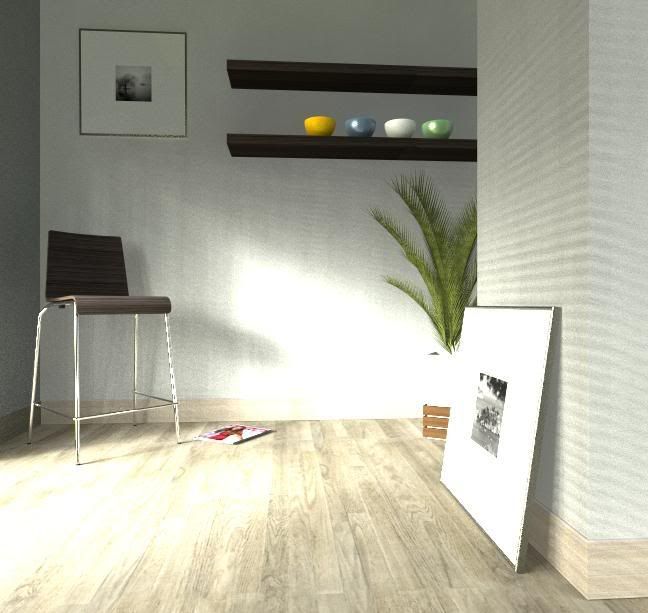
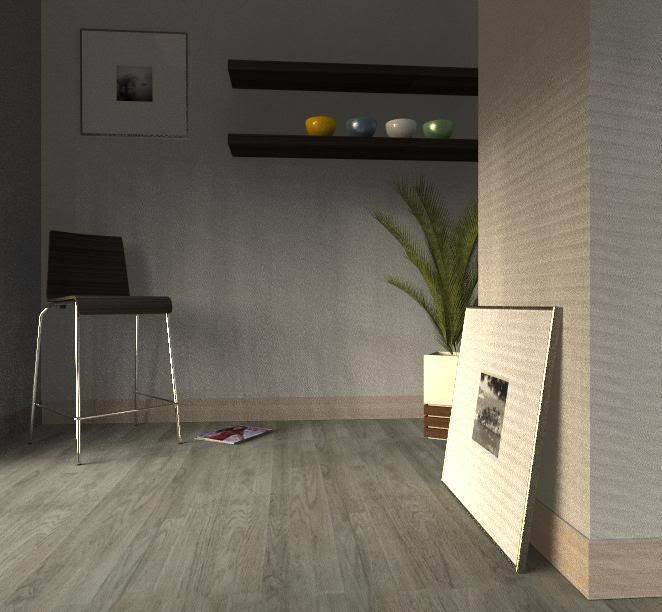
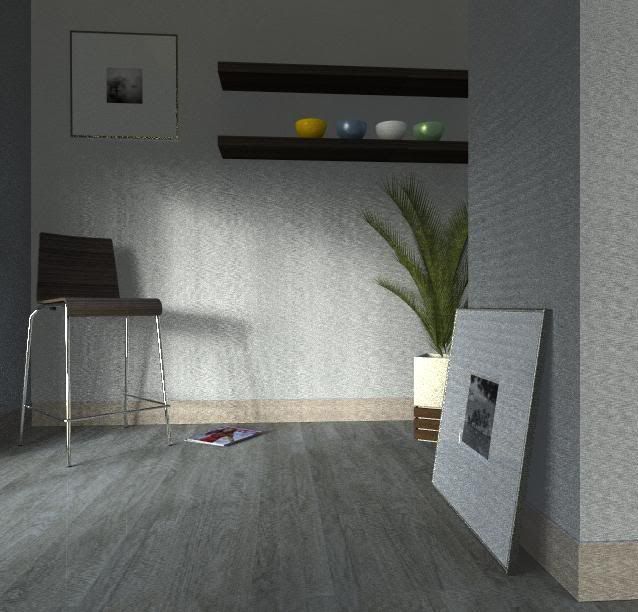

Who likes what best and why?
-
I encourage my
This image was made with kerkyhea, 2000x1200 image original size.
rendering in method number 11 with 2 nucleos, an athlon 64x2 4800 and 2 GB of RAM.
Approximate time 40 minutes.
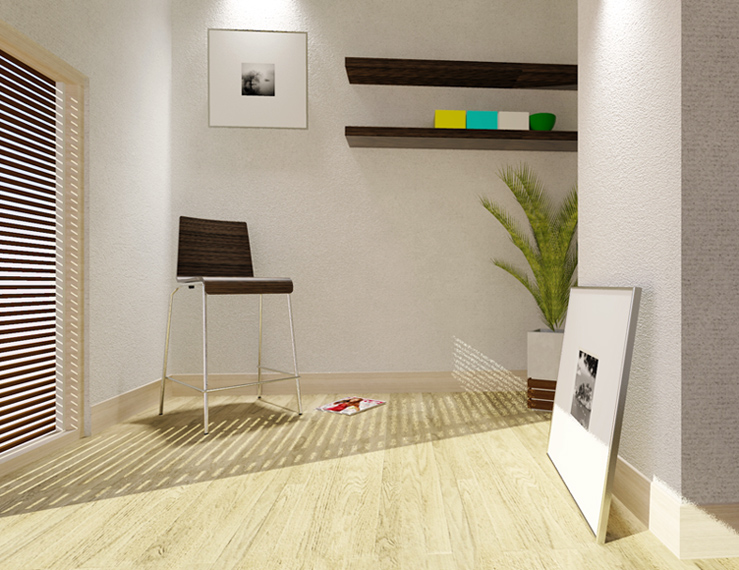
-
Nice stuff here, guys!
Kwisten, top class renders, I try it myself, but your renders are just perfect! -
I'm going on modifying the things i'm not satisfied with; next step: replace the plant!!!
This is a small update: done a fantasyless postpro work with PS, and testing a whatsoever "definitive" layout...
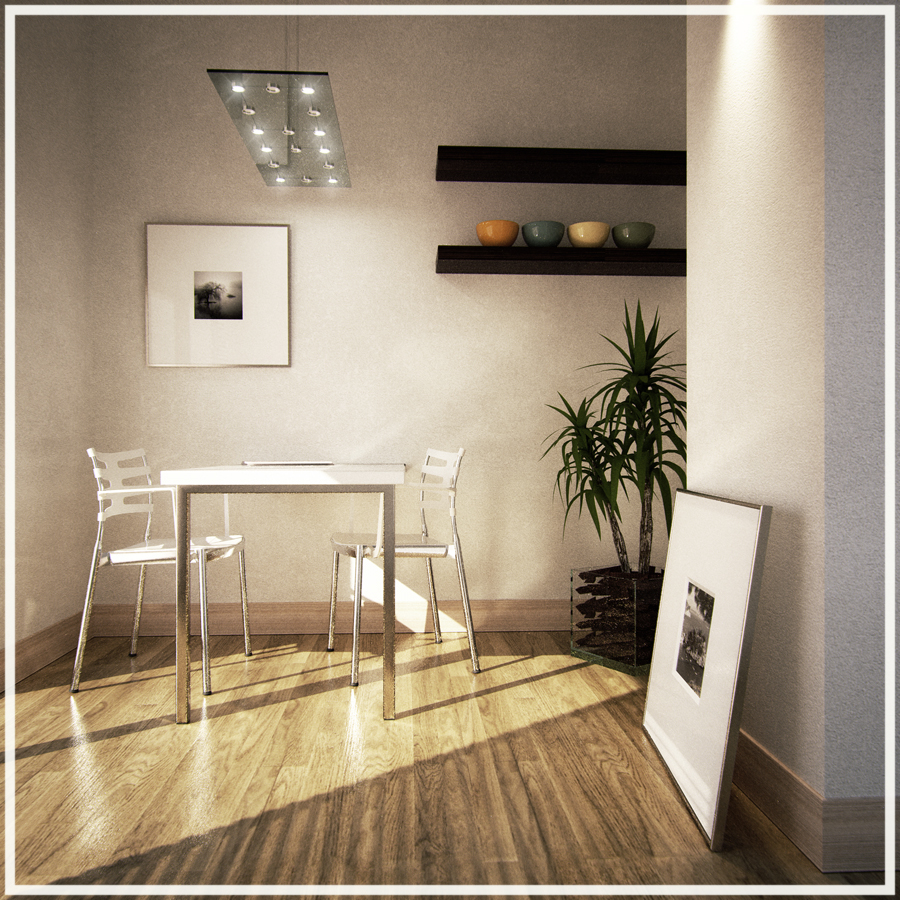
-
let relax with your scence



-
another image made kerkythea, IES without lights and with some minor changes in materials and post production of the image.
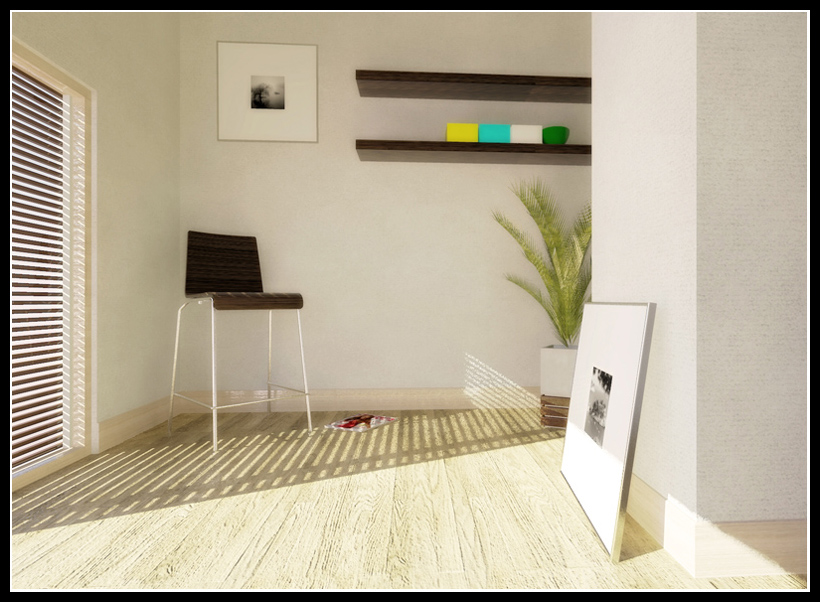
-
@pibuz said:
I'm going on modifying the things i'm not satisfied with; next step: replace the plant!!!
This is a small update: done a fantasyless postpro work with PS, and testing a whatsoever "definitive" layout...I like the second set up a lot.
Almost there. Try to use the 'rule of thirds' to make the composition even more perfect.As a note, did you expect that much people giving it a go themselves? (...at the risk of a serious hijack though).
It is a nice scene and we all can learn from it.
Would be a cool that once and a while someone posts a working scene we all can try out.Thanks for sharing!
-
exelente examples
 unwittingly was raised a little comparison of different programs
unwittingly was raised a little comparison of different programs 
-
@kwistenbiebel said:
Would be a cool that once and a while someone posts a working scene we all can try out.
Thanks for sharing!I think this is the essence of learning, concerning GI, and I've always thought so!
I tried to drop the idea somewhere(here on sketchy forum or on kerky's or on Vray's); result: a lot of agreements, but not a scene shared..
I really think that sketchUp can help a lot, with its structure and way of managing files.
And comparisons between render engines using the same base scene isn't hijacking at all, for me: so I invite you all guys to keep on rendering the poor scene I posted, and to share one among your best ones so that anybody can try! -
A quick test I just did...

In this scene I used the same materials as in the original, but I will try some others and also - inspired by Kwistenbiebel - some different camera posisions...
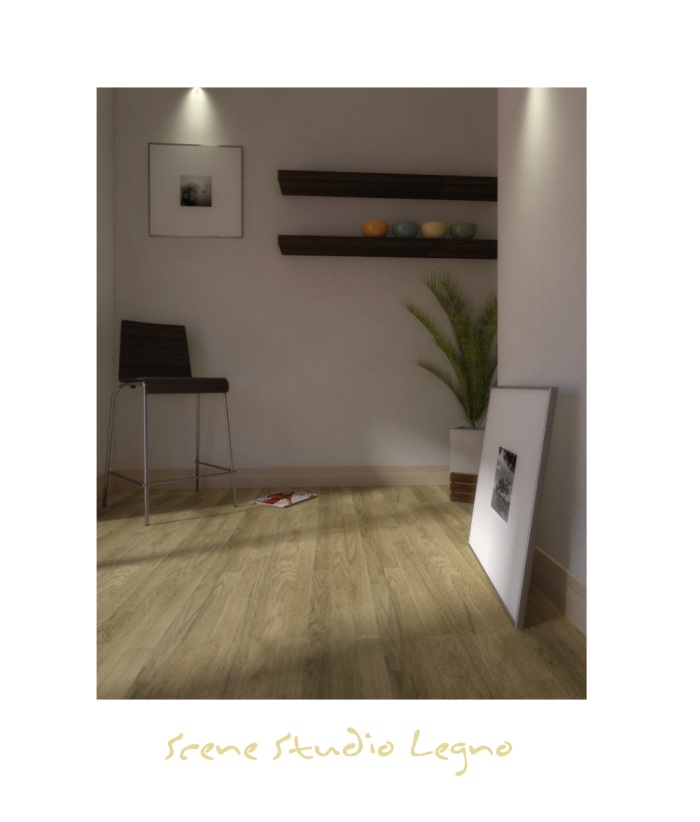
-
I used vray 1.50sp1.


-
"SCENE STUDIO LEGNO"
thank you for the italian translation



-
Hello there,
Here's my render test, I'm not that top notch in rendering but meh..
It's my best render so far and I've learned a lot of it! So thanks anyway :]Btw, Before I forget... Rendered in KerkyThea with Photonmapping Fine + AA
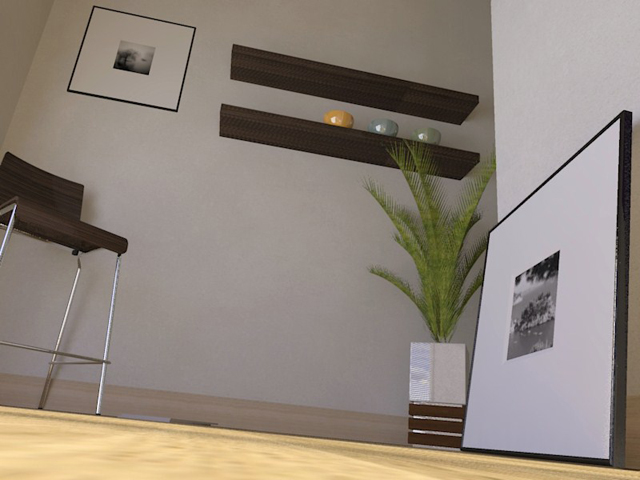
-
Advertisement









